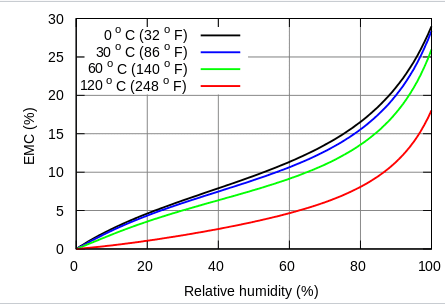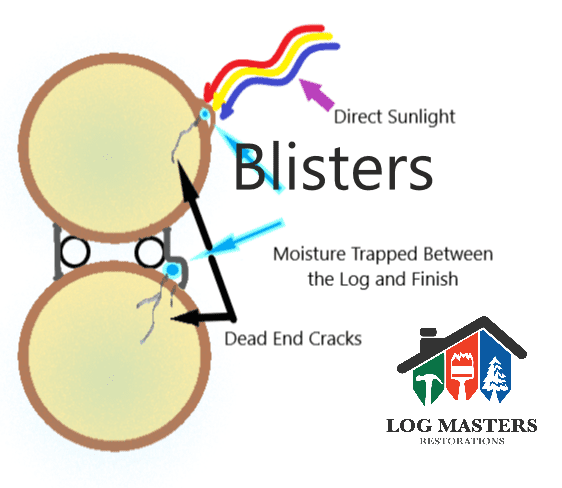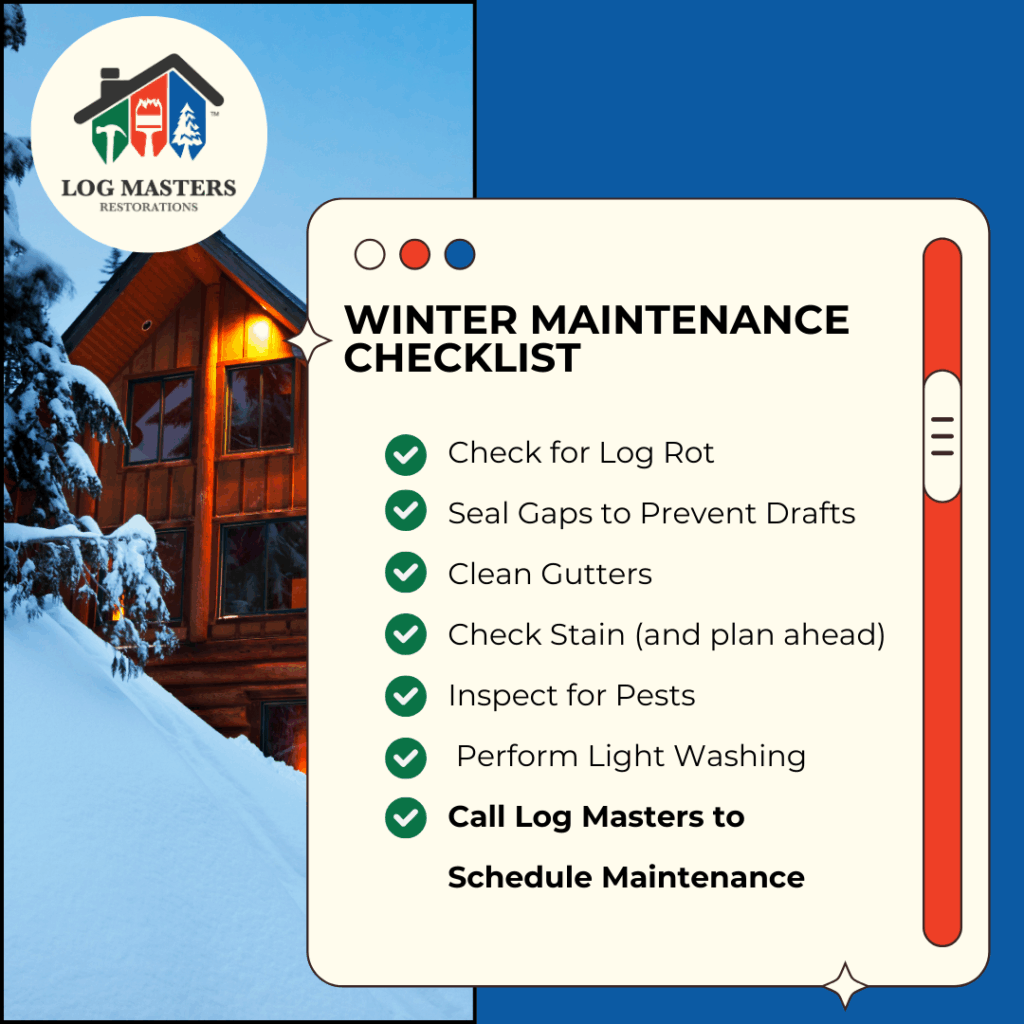When you dream of owning a log home, you should also dream of how to finance and insure it properly. Aesthetic and structural aspects are important but second in priority. While log homes’ unique comforting charm and fantasized relaxing appeal captures the imagination, their distinctive nature also introduces complexities in securing financial and insurance services. To effectively navigate these challenges with nuance, this article will examine how to:

Establish Your Budget
I can’t emphasize this enough, but it’s essential to understand your financial situation before pursuing a log home. It’s critical to know your monthly mortgage budget, including taxes and insurance, as well as your maintenance schedule and cost per year. This will help you determine which cabin you can afford and maintain for the life of your loan. It is all part of a larger picture when trying to find a cabin to fit your budget, a builder for your budget, and a lender for your plans. All that is mentioned in this article should be considered before deciding to purchase a log home.
There are many formulas, graphs and theories on planning your mortgage qualifications, but the basic ones are still the best. It is widely accepted in the financial industry that someone with minor debt will qualify for 2 1/2 to 3 times their gross household income in today’s world of relaxed interest rates. However, you are the only one who can decide if this is a comfortable level.
Quote from the article “Establish a Budget for Your Log Home | Expert Budgeting Tips: A log home construction authority shares the ins and outs to establish a budget that will allow you to build the log home of your dreams.” by Joseph L. Walsh cited from Log Home Living website on 05/24/2024
Log Home Costs

Let’s start by looking into the cost of cabins. A case study article on HomeGuide to check out is “Log cabin kit prices by size” by Tamatha Hazen, dated October 9, 2023. The article provides an analysis of cabin kit prices per square foot. It explains that log cabin kit prices usually range from $50 to $100 per square foot for the kit alone, and between $125 and $275 per square foot when fully installed. The article also discusses various sizes and costs, including small kits starting at $25,000, and covers additional expenses such as site preparation and finishing. For complete details, you can view the article here.
Hard-to-Find Builder Pricing
Finding builder prices will take a little work, as some kit builders do not list their pricing online. They often require a consultation with you to determine which cabin and design best meets your needs and budget to create a plan and cost assessment for you. Make sure you ask plenty of questions. Read their reviews. So, I’d like to start with what you should know about builders and what they may offer for financing.
Which Builder is Right for Your Needs
When you find a builder, please remember that log home builders vary. Some specialize in luxury cabins with grand designs, while others offer more budget-friendly, ready-to-ship, and easy-to-purchase kit homes. Kit home builders can be beneficial, often assisting with financing to ensure the cabin fits your budget. I strongly advise choosing an established builder over a local contractor who lacks expertise in log homes. An experienced builder will be more accessible for any necessary repairs, making it a worthwhile investment.
Financing Log Homes
So you have an idea of the log home that fits your budget; now, you need it financed. Many log home builders have established relationships with finance companies that fund such projects, which can be a significant advantage. Ask your builder who they often work with.
Known Lenders for Log Homes
Below is a list of lenders that have been known to offer financing for log home buyers:
- First Community Bank offers loans in all 50 states
- Farm Credit
- M&T Bank (financing for lower 48 states)
- Wells Fargo
- Waterstone Mortgage
Lenders POV on Log Homes
One should be aware that mortgage companies often shy away from financing unique properties due to concerns about resale potential. Log homes and their location may not appeal to a broad market, which can be a stumbling block for the mortgage company if you default on your loan. With this in mind, you may find it much harder to qualify for this loan at any bank.
Insuring Log Homes
Insurance for log homes can be more complex and expensive than standard home insurance due to factors such as the premium materials used and their often remote locations. Unfortunately, many insurers view log homes as higher risk due to their combustibility and the perception that they are not as durable unless properly maintained. To combat this, maintaining a regular upkeep schedule and choosing accessible locations can help mitigate some of these insurance costs.
Known Insurance Services for Log Homes
Insurance companies have frequently changed coverage rules since 2020. Meaning, what I quote today, could easily change tomorrow. Best to go to the sources since many areas prone to wildfires may no longer cover log homes. Here is a list to begin your inquiries:
- State Farm
- SafeCo
- Farmers
- USAA
Insurance Services POV on Log Homes
Like lenders, insurance companies have evaluated log homes as high-risk to their bottom line for similar reasons. The cost of repairs is expensive and often requires professional services at a special cost. Insurance agents, inspectors, and adjustors have seen so many log home claims for water and fire damage accidents that could have been avoided with proper building and maintenance.
Keep Up with Professional Log Home Maintenance
Often, during these claim evaluations, an inspector discovers hidden issues. These hidden issues are not typically covered by insurance since they are considered the maintenance responsibility of the homeowner. For example, the discovery of a rotted wall can quickly result in a 90-day deadline for costly repairs to keep the coverage or the loss of coverage. And if you had repairs done improperly, like our customer discussed in Log Homeowner’s Nightmare, then it could result in cancelled coverage.
Builder’s Risk Insurance
Potential building buyers should consider including “Builder’s Risk Insurance” during the construction, renovation, or repair phases. Lenders typically require this type of insurance, which covers the property during the vulnerable stages of construction. This is a separate insurance the homeowner can purchase. Your builder and repair service company should carry general commercial liability & worker’s compensation, which covers accidents to property and persons. You should be able to request a certificate of insurance (COI) with you as the temporary holder of the liability policy from the company.
Additional Considerations
Before purchasing an existing log home, there are several other factors to consider, which are detailed in my article on Buying an Existing Log Home. This resource discusses the different styles of log homes, their pros and cons, and much more.
Conclusion
Financing and insuring a log home requires careful consideration and planning due to the unique nature of these beautiful structures. By understanding the specifics of financing unique homes and the detailed insuring requirements, prospective owners can better navigate the complexities involved. Properly financed and insured, a log home can be a lasting and rewarding investment. If maintained and built correctly, they can far exceed the typical lifespan of conventional homes, as evidenced in our Log Home Durability article.
We Want to Hear From You
Let other readers know where you succeeding in getting your log home insurance and financing by commenting below.
The post Financing and Insuring Log Homes appeared first on Log Masters Restorations.
source https://logmastersrestorations.com/blog/financing-and-insuring-log-homes/


